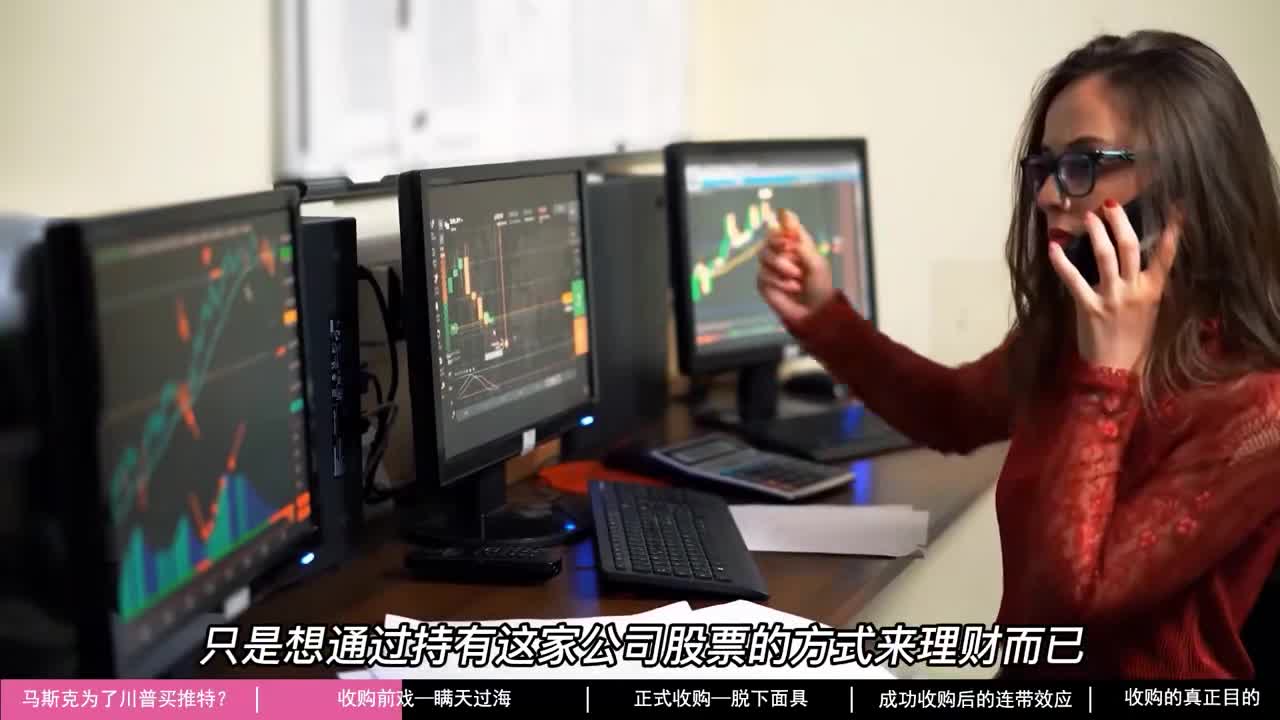Autoplay
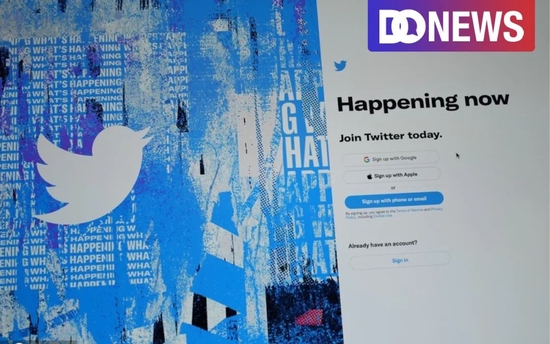
Welcome to the WeChat subscription number of “Sina Technology”: techsina
Text/Editor by Cheng Shushu Li Lili/Li Xinma
Source: DoNews (ID: ilovedonews)
Musk, who once revealed that he has Asperger’s syndrome (a social disorder), has the world’s largest social network.
On April 25, 2022, the social networking platform Twitter (Twitter) announced that it accepted Musk’s proposal to acquire the company for $44 billion, and this month-long acquisition finally came to an end. The acquisition was completed at $54.20 per share, a 38% premium to Twitter’s closing price on April 1.
The matter started on April 4, when Musk spent nearly $3 billion to own nearly 9.2% of Twitter. The next day, Musk tweeted: “Would you guys like Twitter to have an edit button?”
Among the 4.4 million votes, 74% of users said they were looking forward to it.
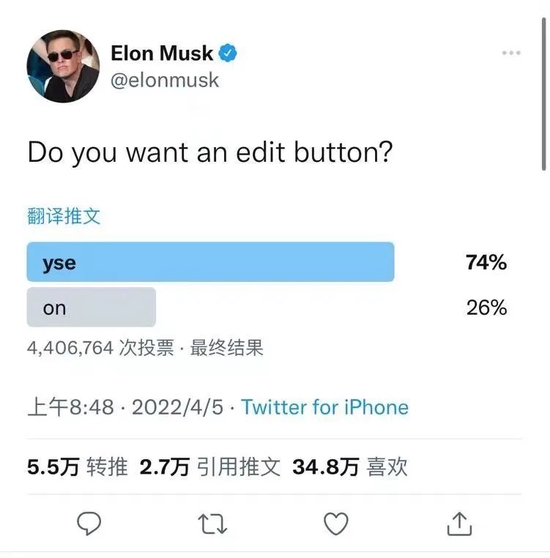 Image credit: Elon Musk’s Twitter
Image credit: Elon Musk’s TwitterOn the same day, Twitter CEO Parag Agrawal invited Musk to become a member of Twitter’s board of directors, but Musk finally formally declined in a tweet on April 11. The rejection sparked speculation about whether Musk would buy Twitter. On April 14, Musk updated his 13D filing with the U.S. Securities and Exchange Commission (SEC), which showed that he made a proposal to take Twitter private, buying Twitter’s issued shares for $54.2 per share. common stock. Musk said: “My offer is my best and last offer, and if the offer is not accepted, the position as a shareholder will need to be reconsidered.” If Twitter rejects his proposal, he said there is still B Plan: “I have enough assets, if possible, I can do it.”
As for why Musk bought Twitter, he wrote in an open letter to Twitter’s board of directors: “I invested in Twitter because I believe it has the potential to become a platform for free speech around the world, and I believe that freedom of speech is a normal democratic society. It must. However, since investing, I have realized that the company in its current form will neither prosper nor serve this social need and Twitter needs to transform as a private company.”
At first, Twitter’s board was very resistant to Musk’s acquisition. After Musk announced the acquisition plan, the board formulated a “poison pill” plan on April 15 to resist Musk’s acquisition. A “poison pill” is a takeover term, a defensive tactic against a potential hostile takeover in which a company allows existing shareholders to buy additional shares at a discount, driving up costs for the acquirer.
On the same day, Musk tweeted that it should be up to shareholders, not the board of directors, to agree to take Twitter private for $54.20. In the 2.86 million votes, 83% of users supported it, and Musk himself retweeted the “vote on whether you want Musk to buy Twitter”, and the voting results showed that 73% of users expressed support for the acquisition.
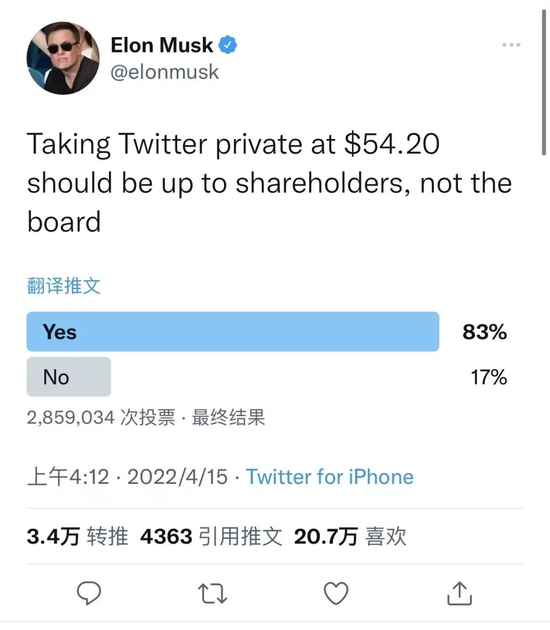
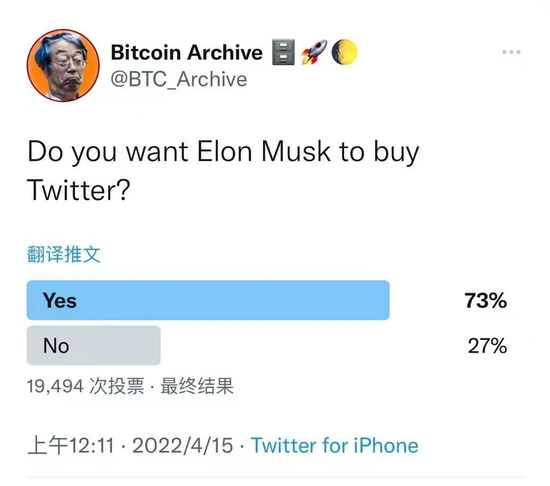 Image source: Twitter
Image source: TwitterOn April 22, Musk set up three holding companies, and plans to inject funds into one of the entities with investors to provide funding in the process of acquiring Twitter, which will merge with Twitter if the acquisition is successful. He also confidently said on Twitter that if the acquisition of Twitter is successful, it will defeat these “spam bots.”
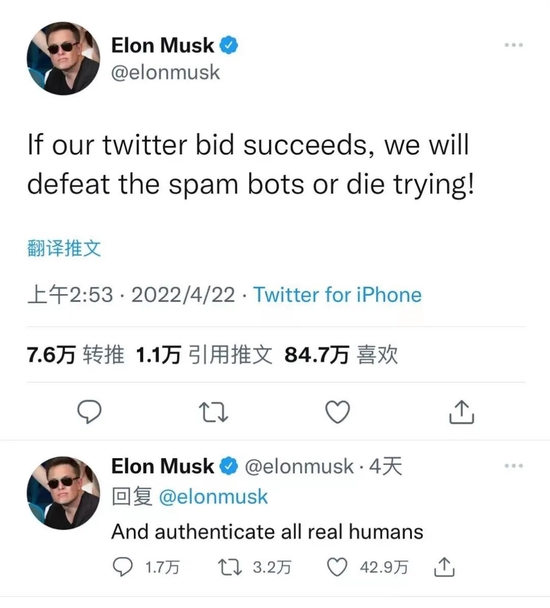 Image Credit: Elon Musk Twitter
Image Credit: Elon Musk TwitterAfter Musk got the financing commitment, the attitude of the Twitter board changed from boycott to support. On April 24th, the Twitter board began negotiations with Musk. After the negotiation, Musk was positive, tweeting at noon the next day: “I hope all of my harshest critics can stay on Twitter. Special, because that’s what freedom of speech means.” Twitter also issued an announcement saying that Musk had secured $25.5 billion in debt and margin loan financing and provided a $21 billion equity commitment for the acquisition to be completed in 2022. Finish.
Takeovers just for free speech?
Immediately after the successful acquisition of Twitter, Musk tweeted: “Freedom of speech is the cornerstone of a functioning democratic society, and Twitter is a digital civic square where all topics critical to the future of humanity can be discussed. ”
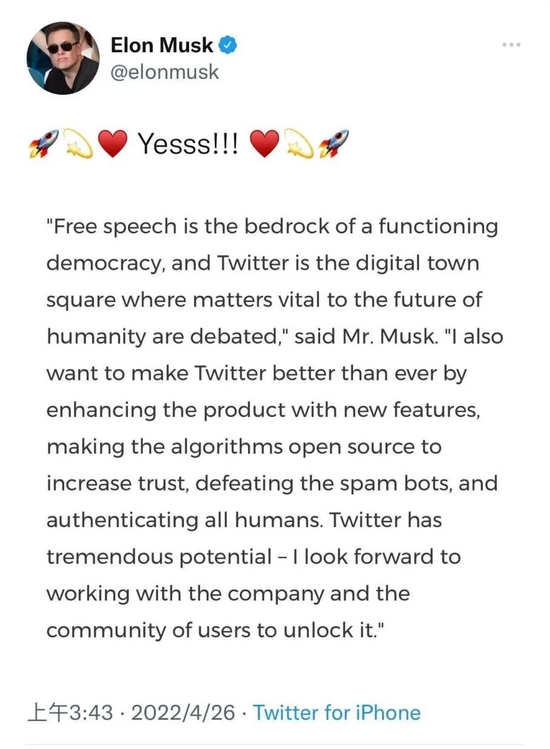 Image Credit: Elon Musk Twitter
Image Credit: Elon Musk TwitterBut at the TED conference on April 18, Musk said in an interview that he didn’t want to buy Twitter before, “because that would be a very painful thing, because everyone would blame me for all kinds of mistakes. on the body”. Asked why he changed his mind, Musk looked the whole way down the hall and said, “There is a risk to civilization, and if we put more trust in Twitter as a public platform, that risk would be reduced.”
However, he did not give a clear statement on how to make Twitter gain the trust of more users, such as the “edit button” mentioned earlier. He said that this feature will not be launched in the short term, because there is a possibility that after the tweet has been retweeted , being edited causes the retweeter’s position to change. Musk has said that Twitter’s recommendation algorithm is opaque, but his idea of open source Twitter’s algorithm is only at the conceptual level, and he has not given a clear answer to how the algorithm identifies violations or criminal speech.
In fact, many of Twitter’s existing problems have historical reasons, and even “Iron Man” Musk is difficult to change easily.
How will Twitter change in the future?
On March 21, 2006, Twitter was born, which transformed the Internet from an inefficient portal model to a more efficient subscription and relationship-based information distribution. As celebrities and “big Vs” with the right to speak have settled in, attracting Internet users to watch and discuss, the concept of social media has begun to appear. The non-real-name follower interaction machine creates an interactive environment for strangers. Combined with text messages, it is possible to record anytime, anywhere. From 2010 to 2013, the monthly growth rate of Twitter’s monthly active users has been more than twice that of Facebook. At the end of 2011, Twitter’s valuation reached 8 billion US dollars, which was one-sixth of Facebook, which had not yet been listed in the same period. On November 8, 2013, Twitter was officially listed on the New York Stock Exchange, with a market value of 24.5 billion US dollars.
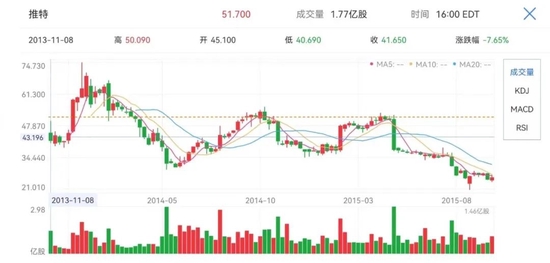 Image source: Ant Fortune
Image source: Ant FortuneHowever, after 2015, Twitter began to fall into the double shadow of stagnant user growth and stagnant revenue, and its stock price plummeted. In May 2016, the stock price fell to a minimum of $13.725, which was only 30% of the market value when it went public.
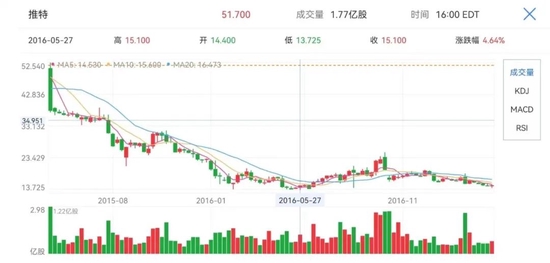 Image source: Ant Fortune
Image source: Ant FortuneIn this case, in the second half of 2016, Twitter had plans to sell, when Google, Disney and other giants expressed interest, but in the end no company made an offer. After the failed sale, Twitter started two rounds of layoffs, sold non-core departments such as Fabric application development tools, closed the failed Vine short video application, and cracked down on the online violence problem on the platform since 2017, and passed manual review. In 2018, Twitter also made a lot of technical optimizations in advertising conversion and anti-spam.
However, these “little actions” of patching up did not really solve the dilemma of Twitter. Twitter’s revenue is highly dependent on advertising revenue. The basis for determining advertising revenue is the scale of users and daily active users. Due to the platform content and positioning, Twitter’s user scale and advertising revenue have reached the ceiling. In the past 8 years, Twitter has 6 years. Unable to make a profit.
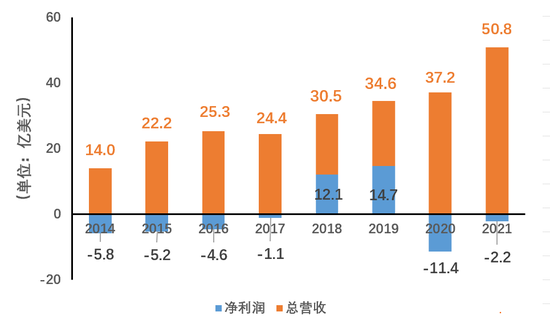 Image source: DoNews Graphics
Image source: DoNews GraphicsDisgruntled investors naturally demand growth from Twitter’s management. For example, Elliott, a vulture fund that bought 4% of Twitter’s shares in 2020, immediately asked then-CEO Jack Dorsey to resign after becoming a major shareholder, because Dorsey was also the CEO of both Square and Twitter, so he couldn’t concentrate and needed to resign. Change the CEO who can make the company’s performance grow rapidly. Negotiations ended with Jack Dorsey staying in exchange for several aggressive growth goals, including doubling the company’s revenue by 2023. In November 2021, Jack Dorsey suddenly announced his departure, and one of the reasons for his final departure was believed to be the pressure brought about by growth goals.
It is not difficult to find that in the face of sluggish growth Twitter, it is not a difficult decision to sell it at a high price, so the so-called “poison pill” plan was quickly cancelled after Musk received a $46.5 billion financing commitment. The attitude of the special board of directors also turned sharply.
Now the ownership of Twitter is a foregone conclusion, but investors and management have some problems with Twitter growth, can Musk really solve it? Or that Musk just made this acquisition for free speech and a better social environment, and is growth not his primary concern? All this, we can only wait for the future “Iron Man” to give the answer.

This article is reproduced from: http://finance.sina.com.cn/tech/csj/2022-04-27/doc-imcwiwst4310630.shtml
This site is for inclusion only, and the copyright belongs to the original author.
